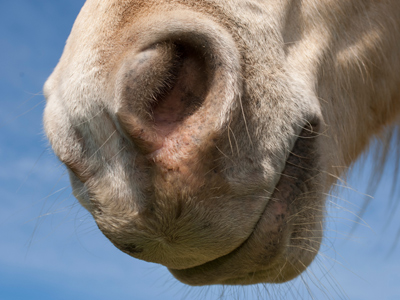
Solids, Liquids and Gases 02
Let's dive into the world of matter with this second KS2 Science quiz! It's all about solids, liquids, and gases - from how particles behave to what gases make up the air.
In science, we learn about three types of matter: solid, liquid, and gas. They each act differently - you can't cut a gas or pour a solid! Matter can change its state, like gas turning into liquid. This happens because particles in gases have more energy. Heating them up makes particles move, turning ice to water and water to steam.
Test your knowledge with this cool KS2 Science quiz on the amazing states of matter!
Make Learning Exciting - Explore how quizzes helpReady for more?
not all...
quizzers. Try to win a coveted spot on our Hall of Fame Page.







